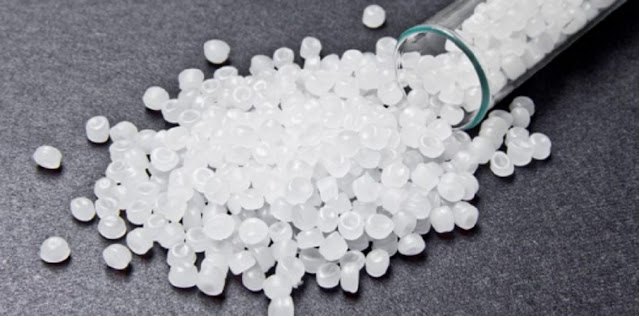Ethylene Vinyl Acetate Offers Excellent Low-Temperature Flexibility That Can Be Beneficial For The Production Of Medical Devices And Equipment
Ethylene vinyl acetate (EVA) is an elastomeric polymer derived from the copolymerization of ethylene and vinyl acetate. Its weight percent of vinyl acetate usually varies between 10 and 40%, while the remainder is ethylene.
EVA
has many important applications due to its elasticity, softness,
low-temperature toughness, stress crack resistance, low friction coefficient properties.
It also has good resistance to UV radiations. The ethylene-vinyl acetate
copolymer is widely used in end-use industries such as footwear and foams,
packaging, agriculture, photovoltaic encapsulation and others.
The
global
ethylene vinyl acetate (EVA) market size is estimated to be valued at
US$ 1,349.71 Million in 2021 and is expected to exhibit a CAGR of 4.89% between
2022 and 2028.
EVA
is a good choice for medical packaging and devices due to its excellent
properties that make it suitable for use in various medical devices, such as
trays, bags, pouches, tapes, labels and sheets. EVA also offers other
advantages, such as high resilience, transparency and water vapor and gas
barrier.
It
is also used for the manufacture of plastic goods, especially films.
Ethylene-vinyl acetate has excellent low-temperature flexibility, which is
beneficial for the production of medical devices and equipment. It can be
molded into complex shapes and has a flexible structure, which makes it easy to
handle. EVA is also easy to sterilize.
Several
Ethylene
Vinyl Acetate
applications can be found in the automotive industry as well. It can be used as
a flexible and lightweight material for bumpers, seat cushioning, airbags, car
mats, steering wheels, and door handles, among other things. EVA is often a
substitute for PVC, which is less flexible at lower temperatures and more
expensive. EVA does not need a plasticizer, which can cause the material to
lose its flexibility.
EVA
can be used to produce solar panels, which are a clean, reliable and renewable
source of power. EVA can be used to form a protective and insulating film
around the solar panel, which reduces the risk of damage from vibration or
heat.
The
global
industrial adhesives market size was valued at US$ 39.44 billion in
2022 and is anticipated to witness a compound annual growth rate (CAGR) of 6.3%
from 2023 to 2030.
Ethylene
Vinyl Acetate can be produced from either a natural or synthetic process.
Natural EVA is made from cellulose and cotton fibers, while synthetic EVA is
typically produced using polyethylene or polypropylene. Ethylene vinyl acetate
is produced through the free-radical emulsion polymerization of monomers such
as ethylene and vinyl acetate in the presence of surfactants and an initiator.
Asian Paints invested INR 21,000
million for setting up an EVA and VAM manufacturing facility in India, in
October 2022. This new facility will have an annual capacity of 100,000 tons of
EVA.




Comments
Post a Comment